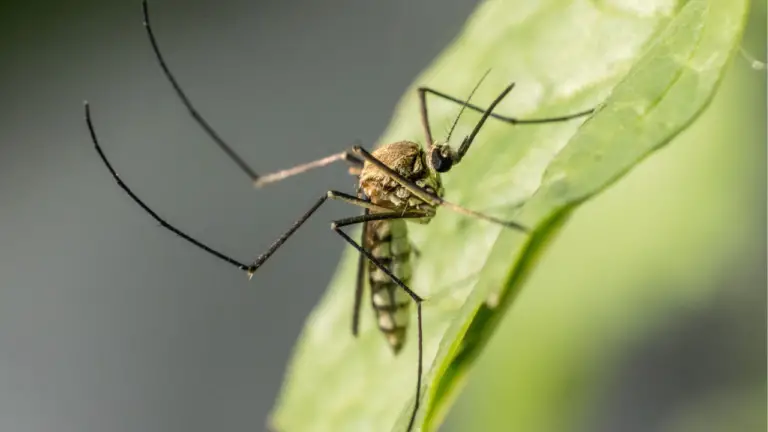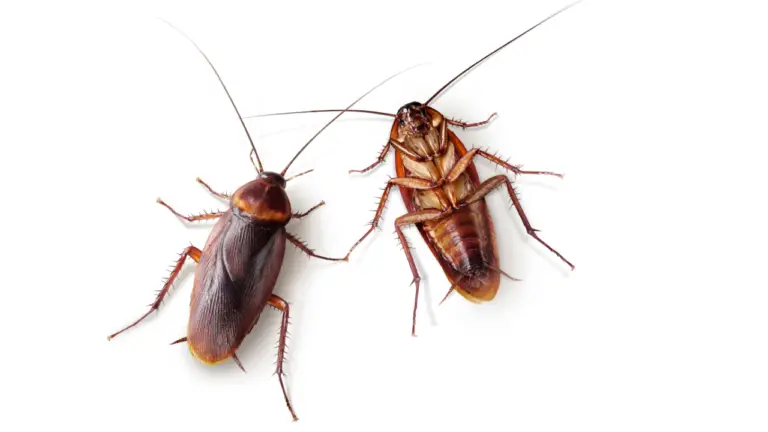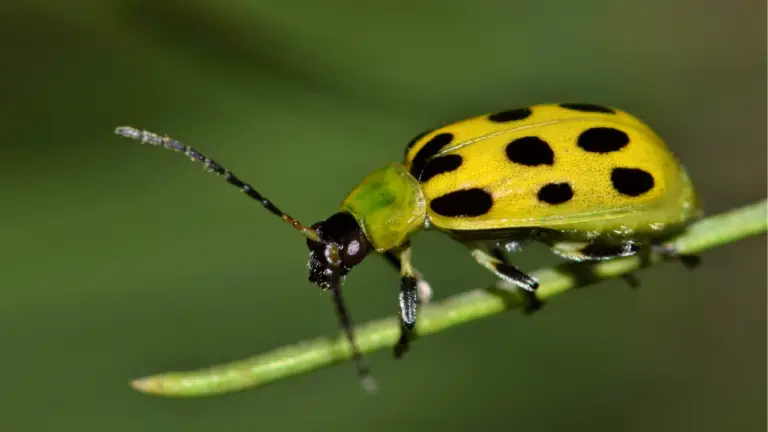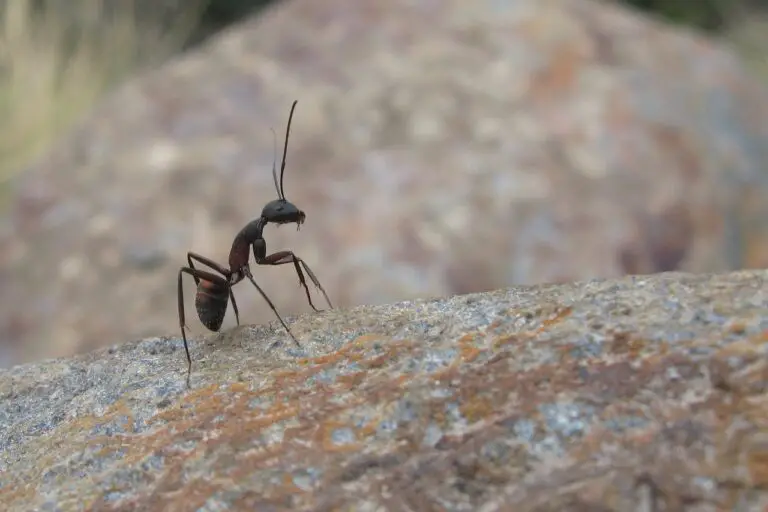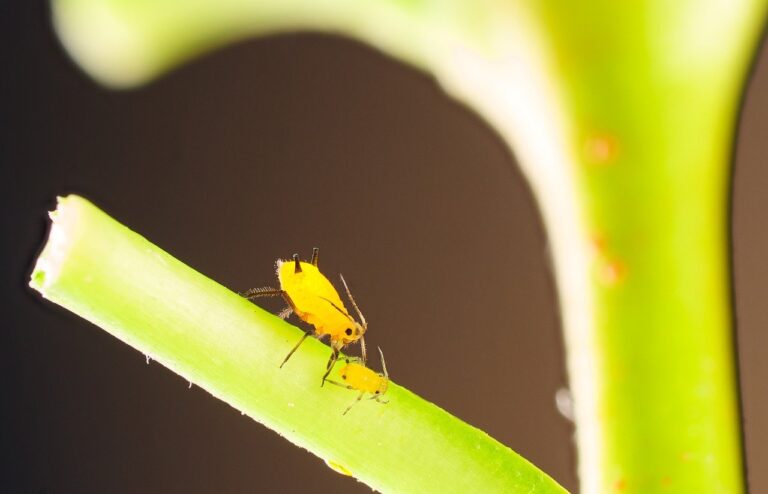10 Ways To Get Rid Of Bagworm
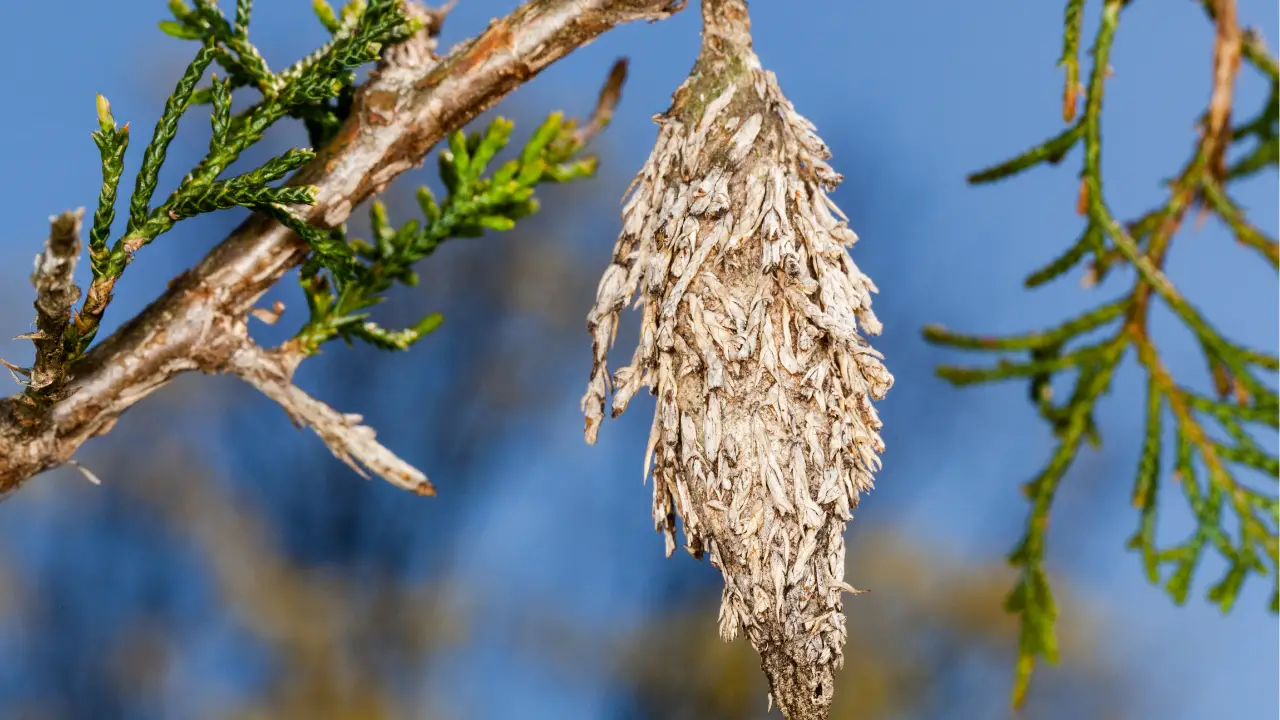
Bagworms are a common pest that can cause significant damage to trees and shrubs. These pests are actually caterpillars that create protective bags around themselves, which they attach to branches. If left unchecked, bagworms can defoliate and weaken plants, potentially leading to their death. Fortunately, there are natural solutions available to control and eliminate bagworms without resorting to harsh chemicals. In this article, we will explore ten effective natural methods to get rid of bagworms and protect your garden.
How to Get Rid of Bagworm: Effective Natural Solutions
1. Handpicking
Handpicking bagworms is a straightforward and effective method, especially when infestations are small. Simply inspect your plants regularly and remove the bags by hand. This method works best during the late fall or early spring when the bagworms are less active.
By removing the bags, you prevent the larvae inside from emerging and causing further damage. Dispose of the collected bags by sealing them in a plastic bag and placing them in the trash. This ensures that the bagworms do not escape and reinfest your garden.
2. Pruning
Pruning infested branches is another effective natural method to control bagworms. Using sharp pruning shears, cut off branches that have bagworm bags attached to them. This not only removes the existing bagworms but also helps improve the overall health of your plants by encouraging new growth.
Ensure that you properly dispose of the pruned branches to prevent the bagworms from spreading. Pruning is best done during the dormant season, typically in late winter or early spring, to minimize stress on the plants.
3. Introducing Natural Predators
Introducing natural predators, such as birds and beneficial insects, can help control bagworm populations. Birds, particularly sparrows and finches, feed on bagworm larvae. Encouraging birds to visit your garden by providing bird feeders and nesting boxes can naturally reduce bagworm numbers.
Beneficial insects like parasitic wasps also prey on bagworms. You can attract these helpful insects by planting nectar-rich flowers such as daisies, marigolds, and fennel. Creating a diverse and insect-friendly environment will support the natural predators that keep bagworm populations in check.
4. Neem Oil
Neem oil is a natural pesticide derived from the seeds of the neem tree. It disrupts the growth and feeding patterns of bagworms, ultimately killing them. Mix neem oil with water according to the manufacturer’s instructions and spray it onto infested plants.
Neem oil is safe for most plants and beneficial insects, making it an eco-friendly choice for bagworm control. Regular applications throughout the growing season can help prevent and reduce bagworm infestations.
5. Bacillus Thuringiensis (Bt)
Bacillus thuringiensis (Bt) is a naturally occurring bacterium that targets caterpillars, including bagworms. When ingested, Bt produces toxins that kill the larvae. This biological control method is safe for humans, pets, and beneficial insects.
Apply Bt to infested plants following the product instructions. It is most effective when used during the early stages of bagworm development. Regular applications may be necessary to maintain control, especially in severe infestations.
6. Horticultural Oil
Horticultural oil, also known as dormant oil, can suffocate bagworms and their eggs. Apply horticultural oil during the dormant season, usually in late winter or early spring, when plants are not actively growing. This oil coats the bagworms and their bags, preventing them from breathing.
Ensure thorough coverage of the infested areas for the best results. Horticultural oil is less toxic than chemical pesticides and poses minimal risk to beneficial insects and the environment.
7. Soap and Water Solution
A simple soap and water solution can help control bagworms. Mix a few tablespoons of mild liquid soap with a gallon of water and spray it onto the infested plants. The soap disrupts the protective coating of the bagworms, causing them to dehydrate and die.
This method is particularly useful for smaller infestations and can be reapplied as needed. Be sure to use a mild soap to avoid damaging your plants.
8. Diatomaceous Earth
Diatomaceous earth is a natural powder made from the fossilized remains of diatoms, a type of algae. It works by damaging the exoskeletons of insects, leading to dehydration and death. Sprinkle diatomaceous earth around the base of infested plants and directly on bagworm bags.
Reapply after rain or heavy watering to maintain its effectiveness. Diatomaceous earth is safe for humans and pets but should be handled with care to avoid inhalation.
9. Garlic Spray
Garlic spray is a natural repellent that can deter bagworms. To make garlic spray, blend several cloves of garlic with water and strain the mixture. Add a few drops of dish soap to help the spray adhere to the plants and transfer it to a spray bottle.
Apply the garlic spray to infested plants, focusing on areas where bagworms are present. Reapply after rain or as needed. Garlic spray is safe for plants and beneficial insects, making it an excellent natural control method.
10. Plant Diversification
Plant diversification can reduce the likelihood of severe bagworm infestations. Bagworms tend to prefer certain plants, so incorporating a variety of plant species in your garden can make it less attractive to these pests. By creating a diverse landscape, you can minimize the impact of bagworms and promote overall plant health.
Choose native plants that are well-suited to your region, as they are more likely to thrive and resist pest infestations. A diverse garden not only helps control bagworms but also supports a balanced ecosystem.
In conclusion, managing bagworms naturally involves a combination of preventive measures and targeted treatments. By using these natural methods, you can effectively control bagworm populations and protect your garden without harming the environment. Regular monitoring and early intervention are key to keeping bagworm infestations under control.

